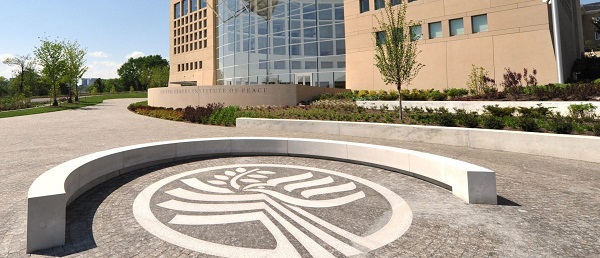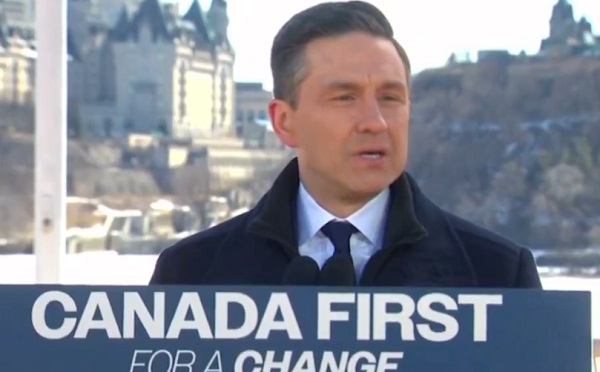Alberta
Revitalizing downtown Calgary: Province
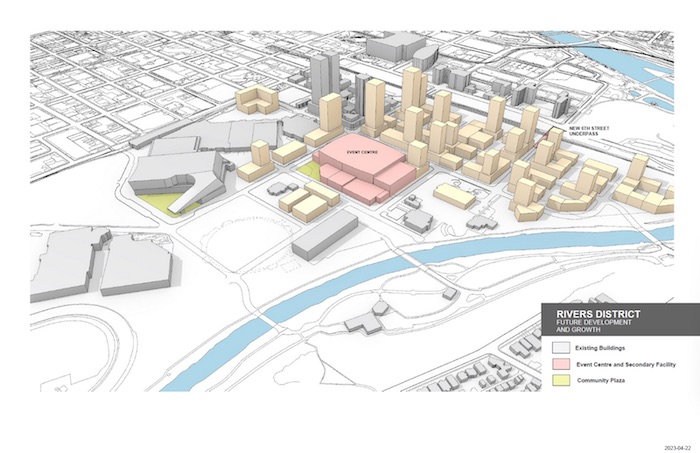
Alberta’s government is investing up to $330 million over five years to support the Calgary Rivers District and Event Centre and revitalize downtown Calgary.
In April 2023, Alberta’s government signed a memorandum of understanding with the City of Calgary and Calgary Exhibition and Stampede Ltd. to invest in infrastructure to support the new event centre while revitalizing Calgary’s Rivers District, the Stampede grounds and downtown. The provincial funding has now been approved by cabinet and Treasury Board.
“Calgary is a city of big dreams, big projects and big expectations. Our investment in the Rivers District is one that helps build Calgary and continues the momentum of revitalization in the downtown core. It’s one more shot of energy for Calgary’s culture, entertainment and business scenes, and the city and province will reap the economic benefits for decades to come.”
The funding will support land acquisition, site utilities and transportation infrastructure for the Calgary arena and entertainment district project. The investment will also cover 50 per cent of the construction costs of a new 1,000-seat community arena that will serve youth and amateur hockey. Once complete, the Rivers is expected to create 1,500 permanent jobs and welcome an estimated 8,000 new residents and three million annual visitors to the Culture and Entertainment District.
“Alberta is proud to be a key funding partner for this project to help ensure Calgary has the infrastructure it needs to support a vibrant events district, enhance the downtown core and promote economic development, now and in the future. This contribution is an investment in the long-term economic sustainability of Calgary’s downtown.”
“This community rink will add to Calgary’s already vibrant downtown. It will provide a hub for athletes and their families to gather, share in a love for sport and make lifelong connections. And the increase in visitors to the area will help spur the local economy.”
“The Calgary Rivers District and Event Centre project will provide a tremendous boost to the local economy and create thousands of planning, design and construction-related jobs. Infrastructure will support our partner ministries in any we can to ensure the project is completed in an efficient and timely manner, and that Calgarians get the top-notch arena and entertainment district they’ve been waiting for.”
“Our province has a strong history of hosting major national and international events. I see great synergy and potential to grow Calgary’s reputation as a global destination for festivals and sporting events through our government’s continued investment.”
The province’s investment in the project includes new transportation infrastructure and improvements to existing transportation infrastructure, indoor and outdoor gathering spaces, a community rink and demolition of the existing Saddledome. Once complete, the Rivers District project will add an estimated four million square feet of mixed-use development (homes, retail, hotels) in Calgary’s Culture and Entertainment District.
Agreements among all parties, including the City of Calgary, Calgary Sports and Entertainment Corporation and Calgary Stampede, have been signed and executed, paving the way for work to begin immediately.
“The completion of this project will bring benefits for all Calgarians, and we’re one step closer to its realization. We are fortunate to have partners, including the Government of Alberta, who realize the enormous potential that this district has for Calgary as a year-round hub of sports, arts and entertainment. It will attract commercial investment to our downtown core and contribute to our city’s vibrancy and economic growth.”
“At this critical moment when we are seeing explosive population growth and increasing private sector interest in our city, the confirmation that our Culture and Entertainment District is proceeding to design and construction phases will generate strong investor confidence. This project will create better public gathering spaces, improved transportation networks, a downtown community rink and an arena to drive events that spur hosting and tourism opportunities, along with creation of jobs in the construction, retail and entertainment sectors.”
Quick facts
- The total project cost is estimated at $1.22 billion:
- The City of Calgary will contribute $537.3 million (44 per cent).
- The remaining $686 million (56 per cent) of the project costs will be covered by the Alberta government ($330 million, 27 per cent) and the Calgary Sports and Entertainment Corp. ($356 million, 29 per cent).
2025 Federal Election
Next federal government should recognize Alberta’s important role in the federation
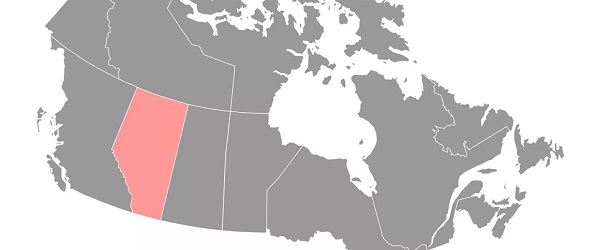
From the Fraser Institute
By Tegan Hill
With the tariff war continuing and the federal election underway, Canadians should understand what the last federal government seemingly did not—a strong Alberta makes for a stronger Canada.
And yet, current federal policies disproportionately and negatively impact the province. The list includes Bill C-69 (which imposes complex, uncertain and onerous review requirements on major energy projects), Bill C-48 (which bans large oil tankers off British Columbia’s northern coast and limits access to Asian markets), an arbitrary cap on oil and gas emissions, numerous other “net-zero” targets, and so on.
Meanwhile, Albertans contribute significantly more to federal revenues and national programs than they receive back in spending on transfers and programs including the Canada Pension Plan (CPP) because Alberta has relatively high rates of employment, higher average incomes and a younger population.
For instance, since 1976 Alberta’s employment rate (the number of employed people as a share of the population 15 years of age and over) has averaged 67.4 per cent compared to 59.7 per cent in the rest of Canada, and annual market income (including employment and investment income) has exceeded that in the other provinces by $10,918 (on average).
As a result, Alberta’s total net contribution to federal finances (total federal taxes and payments paid by Albertans minus federal money spent or transferred to Albertans) was $244.6 billion from 2007 to 2022—more than five times as much as the net contribution from British Columbians or Ontarians. That’s a massive outsized contribution given Alberta’s population, which is smaller than B.C. and much smaller than Ontario.
Albertans’ net contribution to the CPP is particularly significant. From 1981 to 2022, Alberta workers contributed 14.4 per cent (on average) of total CPP payments paid to retirees in Canada while retirees in the province received only 10.0 per cent of the payments. Albertans made a cumulative net contribution to the CPP (the difference between total CPP contributions made by Albertans and CPP benefits paid to retirees in Alberta) of $53.6 billion over the period—approximately six times greater than the net contribution of B.C., the only other net contributing province to the CPP. Indeed, only two of the nine provinces that participate in the CPP contribute more in payroll taxes to the program than their residents receive back in benefits.
So what would happen if Alberta withdrew from the CPP?
For starters, the basic CPP contribution rate of 9.9 per cent (typically deducted from our paycheques) for Canadians outside Alberta (excluding Quebec) would have to increase for the program to remain sustainable. For a new standalone plan in Alberta, the rate would likely be lower, with estimates ranging from 5.85 per cent to 8.2 per cent. In other words, based on these estimates, if Alberta withdrew from the CPP, Alberta workers could receive the same retirement benefits but at a lower cost (i.e. lower payroll tax) than other Canadians while the payroll tax would have to increase for the rest of the country while the benefits remained the same.
Finally, despite any claims to the contrary, according to Statistics Canada, Alberta’s demographic advantage, which fuels its outsized contribution to the CPP, will only widen in the years ahead. Alberta will likely maintain relatively high employment rates and continue to welcome workers from across Canada and around the world. And considering Alberta recorded the highest average inflation-adjusted economic growth in Canada since 1981, with Albertans’ inflation-adjusted market income exceeding the average of the other provinces every year since 1971, Albertans will likely continue to pay an outsized portion for the CPP. Of course, the idea for Alberta to withdraw from the CPP and create its own provincial plan isn’t new. In 2001, several notable public figures, including Stephen Harper, wrote the famous Alberta “firewall” letter suggesting the province should take control of its future after being marginalized by the federal government.
The next federal government—whoever that may be—should understand Alberta’s crucial role in the federation. For a stronger Canada, especially during uncertain times, Ottawa should support a strong Alberta including its energy industry.
Alberta
Province announces plans for nine new ‘urgent care centres’ – redirecting 200,000 hospital visits

Expanding urgent care across Alberta
If passed, Budget 2025 includes $17 million in planning funds to support the development of urgent care facilities across the province.
As Alberta’s population grows, so does the demand for health care. In response, the government is making significant investments to ensure every Albertan has access to high-quality care close to home. Currently, more than 35 per cent of emergency department visits are for non-life-threatening conditions that could be treated at urgent care centres. By expanding these centres, Alberta’s government is enhancing the health care system and improving access to timely care.
If passed, Budget 2025 includes $15 million to support plans for eight new urgent care centres and an additional $2 million in planning funds for an integrated primary and urgent care facility in Airdrie. These investments will help redirect up to 200,000 lower-acuity emergency department visits annually, freeing up capacity for life-threatening cases, reducing wait times and improving access to care for Albertans.
“More people are choosing to call Alberta home, which is why we are taking action to build capacity across the health care system. Urgent care centres help bridge the gap between primary care and emergency departments, providing timely care for non-life-threatening conditions.”
“Our team at Infrastructure is fully committed to leading the important task of planning these eight new urgent care facilities across the province. Investments into facilities like these help strengthen our communities by alleviating strains on emergency departments and enhance access to care. I am looking forward to the important work ahead.”
The locations for the eight new urgent care centres were selected based on current and projected increases in demand for lower-acuity care at emergency departments. The new facilities will be in west Edmonton, south Edmonton, Westview (Stony Plain/Spruce Grove), east Calgary, Lethbridge, Medicine Hat, Cold Lake and Fort McMurray.
“Too many Albertans, especially those living in rural communities, are travelling significant distances to receive care. Advancing plans for new urgent care centres will build capacity across the health care system.”
“Additional urgent care centres across Alberta will give Albertans more options for accessing the right level of care when it’s needed. This is a necessary and substantial investment that will eventually ease some of the pressures on our emergency departments.”
The remaining $2 million will support planning for One Health Airdrie’s integrated primary and urgent care facility. The operating model, approved last fall, will see One Health Airdrie as the primary care operator, while urgent care services will be publicly funded and operated by a provider selected through a competitive process.
“Our new Airdrie facility, offering integrated primary and urgent care, will provide same-day access to approximately 30,000 primary care patients and increase urgent care capacity by around 200 per cent, benefiting the entire community and surrounding areas. We are very excited.”
Alberta’s government will continue to make smart, strategic investments in health facilities to support the delivery of publicly funded health programs and services to ensure Albertans have access to the care they need, when and where they need it.
Budget 2025 is meeting the challenge faced by Alberta with continued investments in education and health, lower taxes for families and a focus on the economy.
Quick facts
- The $2 million in planning funds for One Health Airdrie are part of a total $24-million investment to advance planning on several health capital initiatives across the province through Budget 2025.
- Alberta’s population is growing, and visits to emergency departments are projected to increase by 27 per cent by 2038.
- Last year, Alberta’s government provided $8.4 million for renovations to the existing Airdrie Community Health Centre.
Related information
-
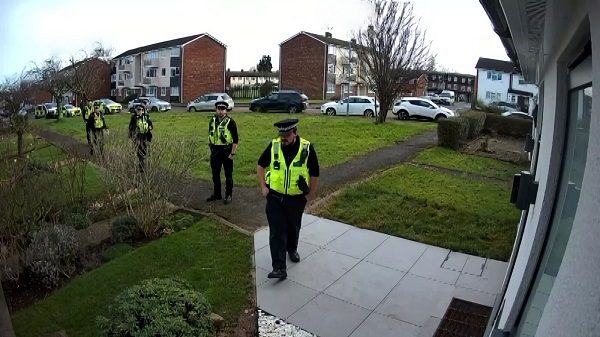
 Censorship Industrial Complex16 hours ago
Censorship Industrial Complex16 hours agoWelcome to Britain, Where Critical WhatsApp Messages Are a Police Matter
-
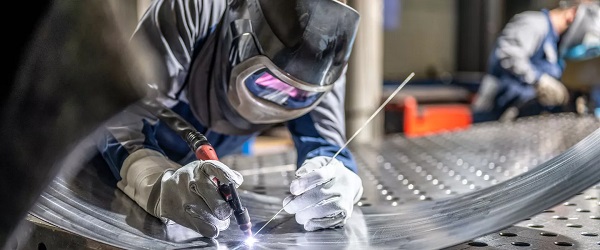
 Business2 days ago
Business2 days agoTariff-driven increase of U.S. manufacturing investment would face dearth of workers
-

 Education2 days ago
Education2 days agoOur Kids Are Struggling To Read. Phonics Is The Easy Fix
-
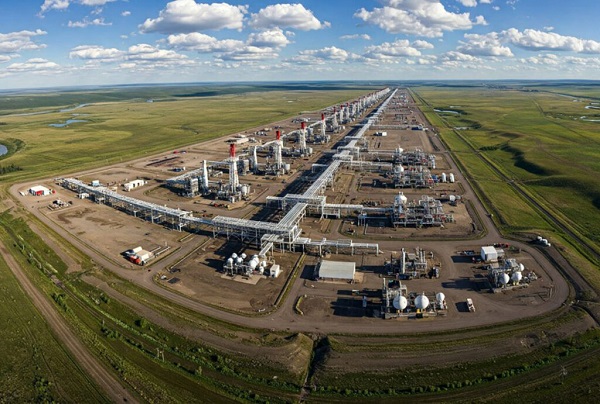
 Economy2 days ago
Economy2 days agoClearing the Path: Why Canada Needs Energy Corridors to Compete
-
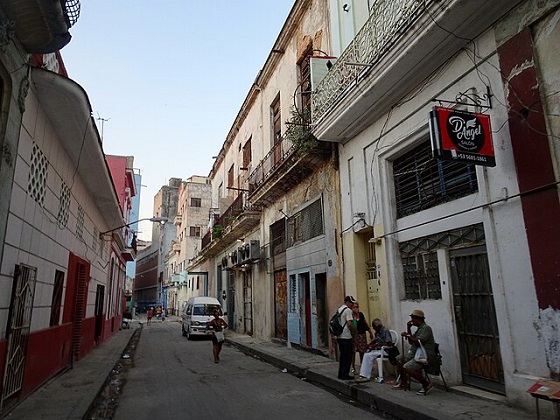
 Business1 day ago
Business1 day agoCuba has lost 24% of it’s population to emigration in the last 4 years
-
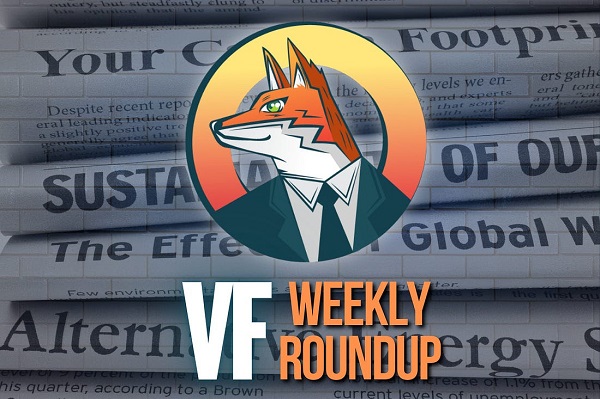
 Media21 hours ago
Media21 hours agoTop Five Huge Stories the Media Buried This Week
-

 2025 Federal Election21 hours ago
2025 Federal Election21 hours ago2025 Federal Election Interference from China! Carney Pressed to Remove Liberal MP Over CCP Bounty Remark
-

 Automotive2 days ago
Automotive2 days agoTrump warns U.S. automakers: Do not raise prices in response to tariffs





